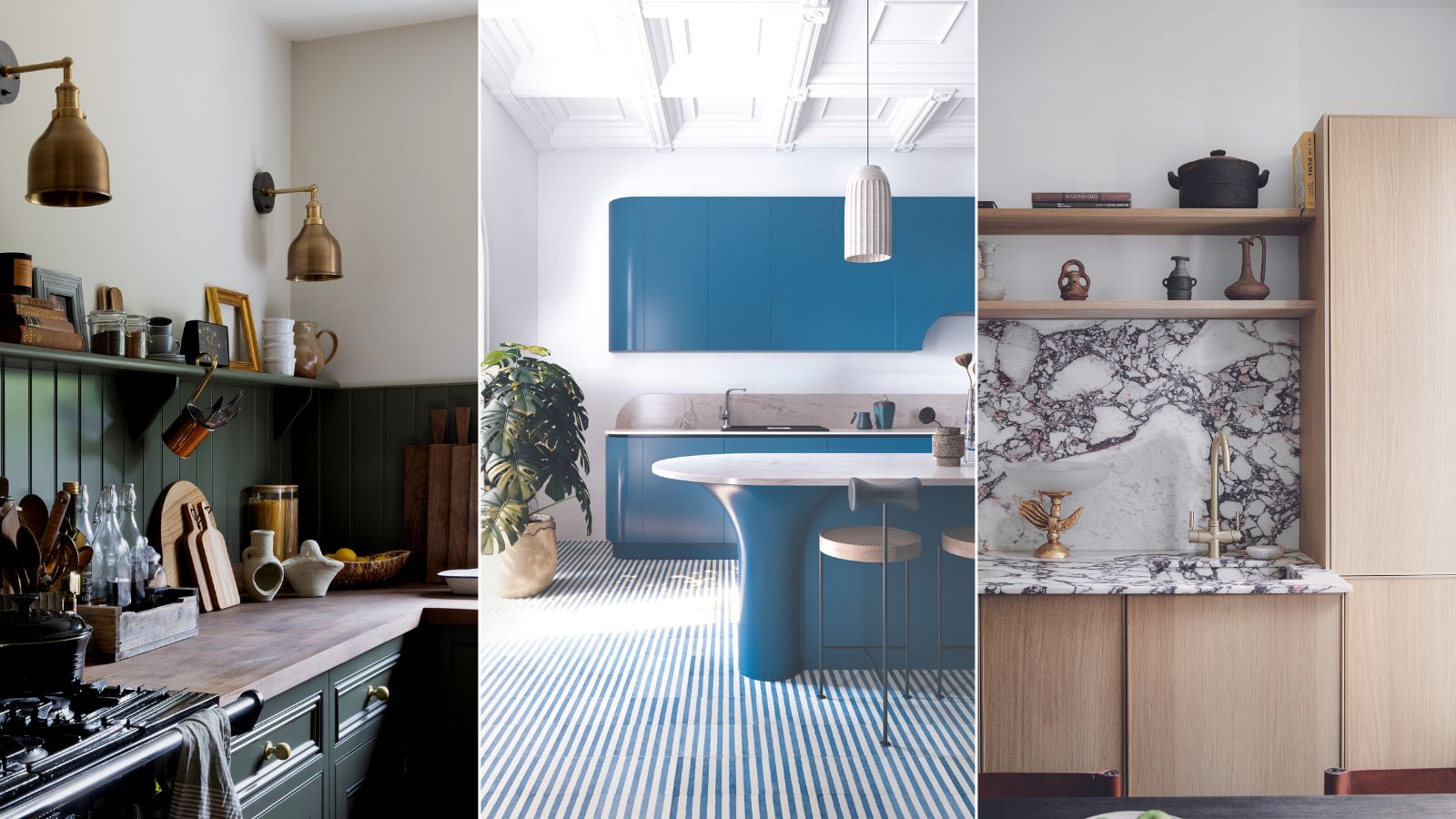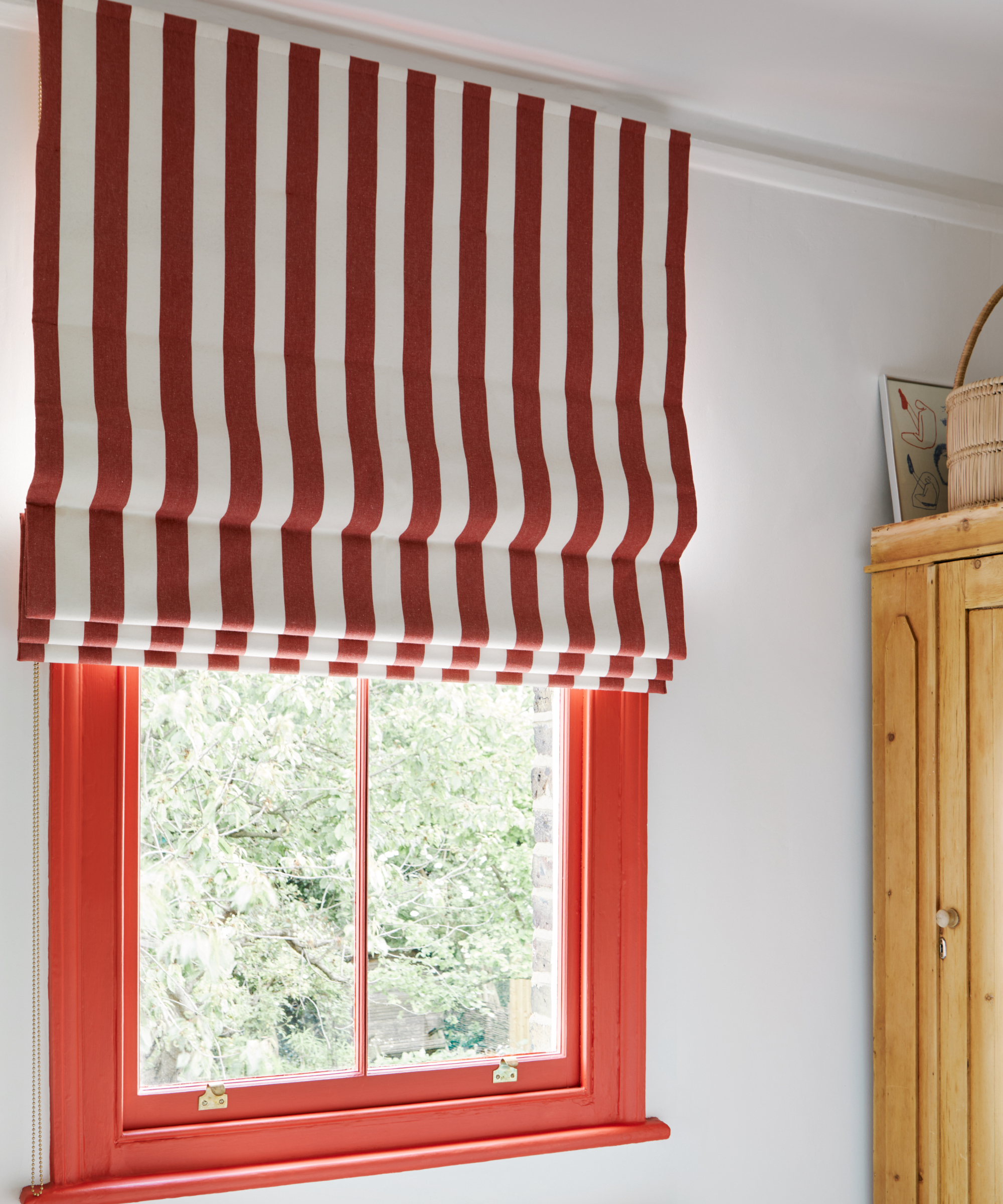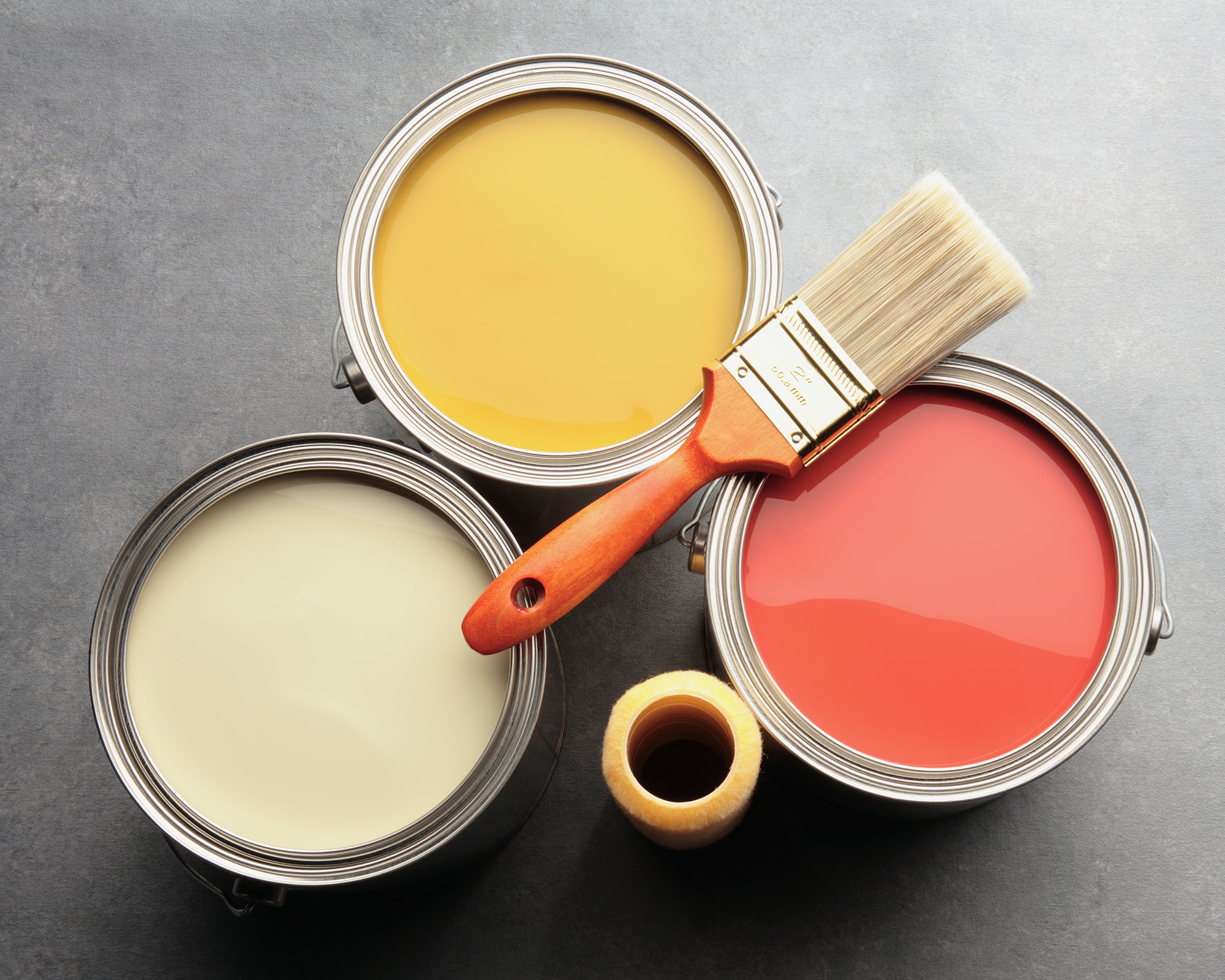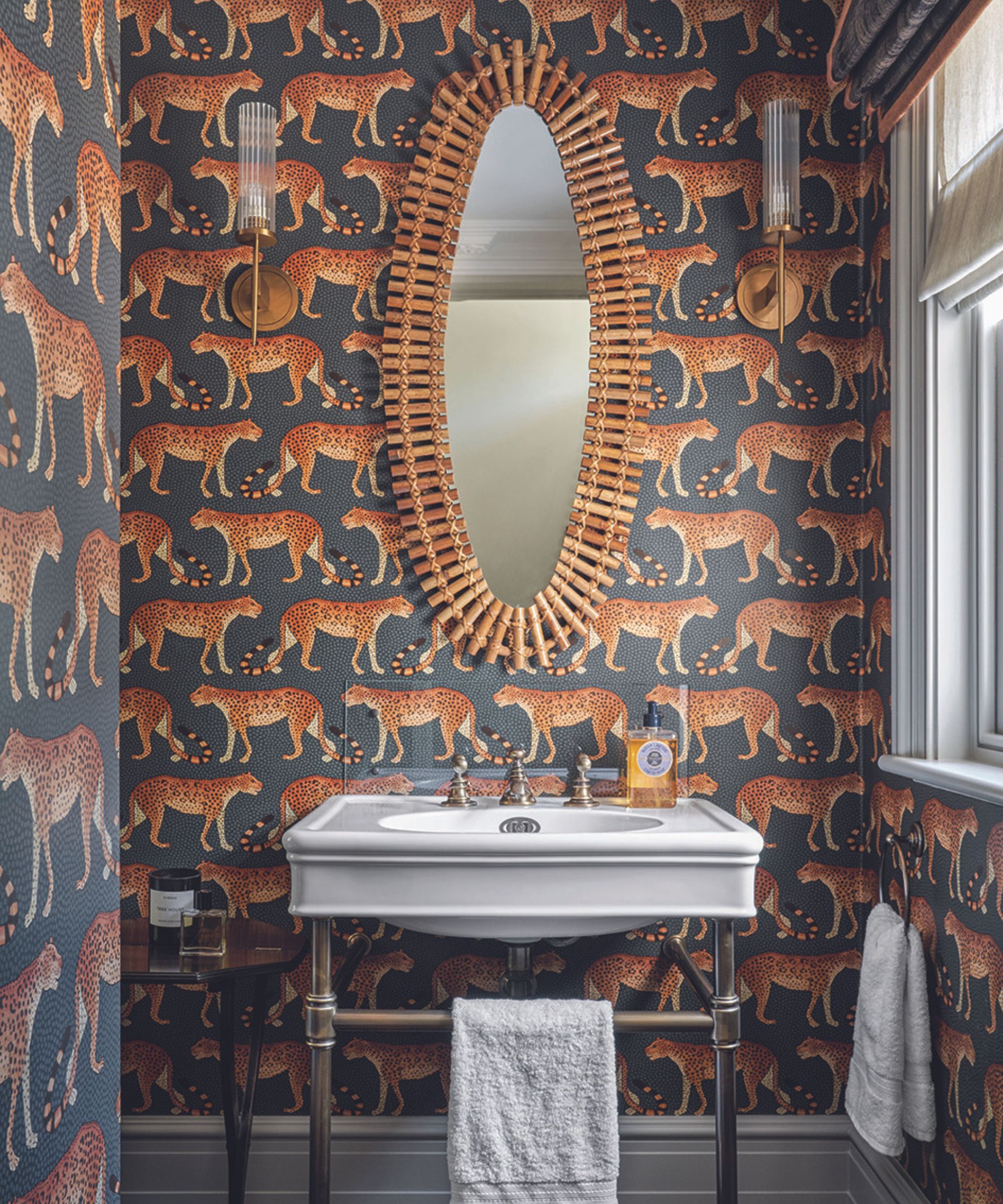
A lot of homeowners now place a high premium on living sustainably. People are becoming more and more interested in finding sustainable and environmentally friendly ways to improve their homes as worries about climate change and the effects of human activity on the environment grow.
Home remodeling is one of the most common ways to accomplish this. It might be difficult to choose the finest sustainable features for your house, though, because there are so many options available.
When planning an eco-friendly remodel, learning how to be more sustainable in your interior design choices, as well as opting for sustainable garden ideas, will significantly enhance your home's efficiency and environmental impact.
9 sustainable features for you to consider
Below our experts have shared some key features for you to incorporate into an eco-friendly remodel.
1. Energy-efficient windows

According to home renovation expert Rick Berres, energy-efficient windows are one of the first considerations for an eco-friendly home renovation project. These windows, often double or triple-pane with low-E coatings, significantly reduce heat loss during winter and help keep your home cooler in summer.
By knowing what energy-efficient windows are and how they improve insulation, you can reduce the need for artificial heating and cooling, leading to lower energy consumption and reduced greenhouse gas emissions.
These windows come in a variety of styles, including casement, double-hung, and picture windows. They can be customized with different frame materials and finishes to match your home’s architectural style. This is a great way to increase natural light in your home and can make your interior feel more open and welcoming.
2. Solar panels
Another key feature is the installation of solar panels. Solar panels are installed on the roof or other strategic locations to capture sunlight and convert it into electricity. They are composed of photovoltaic cells that generate direct current (DC) electricity, which is then converted to alternating current (AC) for household use.
Solar panels reduce dependence on fossil fuels, decrease electricity bills, and can even allow you to sell excess energy back to the grid. They contribute to a significant reduction in carbon footprint.
Modern solar panels are designed to be low-profile, easy to clean, and can be integrated with various roofing materials. Some options include solar shingles that blend seamlessly with traditional roofing. These panels can give your home a high-tech, environmentally-conscious appearance.
3. Reclaimed wood
Incorporating reclaimed wood into your remodel is both eco-friendly and visually appealing. Reclaimed wood, sourced from old structures or sustainably harvested forests, reduces deforestation and waste. This wood is often aged and weathered, and has a unique patina that adds character to any space.
Reusing wood reduces the demand for new lumber, helps preserve forests, and it also requires less energy to process compared to new wood.
Each piece of reclaimed wood is unique, offering rich textures, colors, and patterns that work well in both rustic and modern interiors. This sustainable material merges history with modern design, making it a standout feature in any eco-home improvement.
4. Low-VOC Paints

Opting for low-VOC paints such as Glidden Fundamentals Interior Paint from Walmart is another sustainable choice. Low-VOC (volatile organic compounds) paints have reduced levels of harmful chemicals that evaporate into the air as the paint dries, which reduces indoor air pollution and makes your home healthier.
Low-VOC paints improve indoor air quality by reducing the release of toxins, which can cause respiratory issues and other health problems. They are safer for both the environment and the people living in the home.
With a wide range of colors and finishes, low-VOC paints can achieve any desired look, from bold accent walls to serene, neutral palettes. The improved indoor air quality also enhances the overall living experience.
5. Water-efficient fixtures

Water-efficient fixtures include low-flow faucets, showerheads, and dual-flush toilets. These fixtures use advanced technology to maintain performance while reducing water usage. For example, aerators in faucets mix air with water to maintain pressure while using less water.
These fixtures significantly reduce water consumption, conserving a precious resource and lowering utility bills. They also reduce the energy needed to heat water, further decreasing your environmental impact and cutting energy bills.
Water-efficient fixtures come in contemporary designs and finishes, such as brushed nickel, chrome, and matte black. They add a sleek, modern look to your bathrooms and kitchens, enhancing both functionality and style.
6. Green roofing
Green roofs, or living roofs, are partially or completely covered with vegetation, including a waterproof membrane, soil, and plants. They can be installed on flat or sloped roofs and are often designed with drainage and irrigation systems.
‘Green roofs provide natural insulation, reducing the need for heating and cooling,’ says Karl Harrison, founder of Karl Harrison Design. ‘They absorb rainwater, reducing runoff and mitigating the urban heat island effect. They also improve air quality and provide habitats for wildlife.’
Green roofs create a lush, natural landscape that can be enjoyed from both inside and outside the home. They offer a unique visual appeal and can be designed with a variety of plants, from grasses and succulents to flowers and shrubs, adding a vibrant touch to your home.
7. Sustainable insulation
If you are trying to incorporate eco-friendly practices into your remodel, home improvement expert Tommy Mello suggests you try using sustainable insulation. Sustainable insulation materials include recycled denim, sheep’s wool, cellulose (made from recycled paper), and cork. Once manufactured, these materials can then be treated to be both fire-resistant and pest-resistant.
‘These materials are renewable, biodegradable, and have a lower environmental impact compared to traditional insulation,’ says Tommy. ‘They provide excellent thermal performance, reducing the need for heating and cooling and thus lowering energy consumption.’
Although insulation is typically hidden, choosing sustainable materials enhances the overall health and comfort of your home. It contributes to a more sustainable lifestyle and can be a selling point for eco-conscious buyers.
8. Smart home technology

One way to make your remodel more eco-friendly is to convert it into a smart home. Smart home systems include programmable thermostats, automated lighting, and energy management systems that can be controlled remotely via smartphones or voice assistants. These systems often feature sensors and learning algorithms to optimize energy use.
Smart home technology allows you to monitor and control energy use more effectively, reducing waste and lowering utility bills. Automated systems ensure that lights and appliances are only used when needed, minimizing energy consumption.
These smart home devices, such as these EZVALO Under Cabinet Lights from Amazon, are designed to be sleek and unobtrusive, blending seamlessly with modern interiors. They add a layer of sophistication and convenience, enhancing the overall functionality and aesthetic appeal of your home.
9. Energy star appliances
Lastly, consider choosing energy-efficient appliances.
Appliances certified by the Energy Star program use less energy and water, which decreases utility bills and reduces environmental impact.
Modern Energy Star appliances feature sleek designs that complement contemporary kitchens and laundry rooms, proving that eco-friendly choices can be both functional and stylish.
FAQs
What is the most eco-friendly home?
If you want your home to be as eco-friendly as possible you should try to make it Zero-Carbon. A zero-carbon home has a very high energy-efficiency rating and emits zero net carbon dioxide to maintain
An eco-friendly remodel should start by maximizing efficiency, and then add renewables and reclaimed materials for maximum impact. Making sustainable choices for your home helps the environment and saves money long-term. Find options that match your home's style so you can feel good about the changes you're making.







